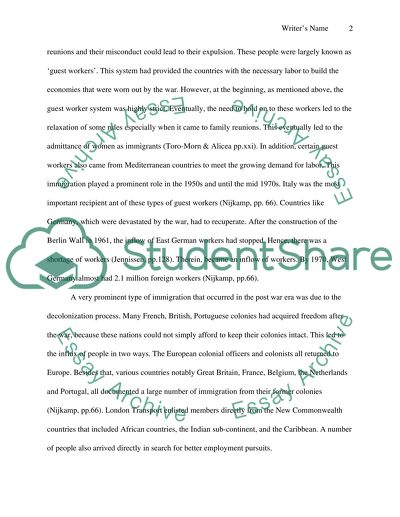Cite this document
(“What different kinds of immigration to Europe have there been since Essay”, n.d.)
Retrieved from https://studentshare.org/environmental-studies/1413131--what-different-kinds-of-immigration-to-europe
Retrieved from https://studentshare.org/environmental-studies/1413131--what-different-kinds-of-immigration-to-europe
(What Different Kinds of Immigration to Europe Have There Been since Essay)
https://studentshare.org/environmental-studies/1413131--what-different-kinds-of-immigration-to-europe.
https://studentshare.org/environmental-studies/1413131--what-different-kinds-of-immigration-to-europe.
“What Different Kinds of Immigration to Europe Have There Been since Essay”, n.d. https://studentshare.org/environmental-studies/1413131--what-different-kinds-of-immigration-to-europe.


